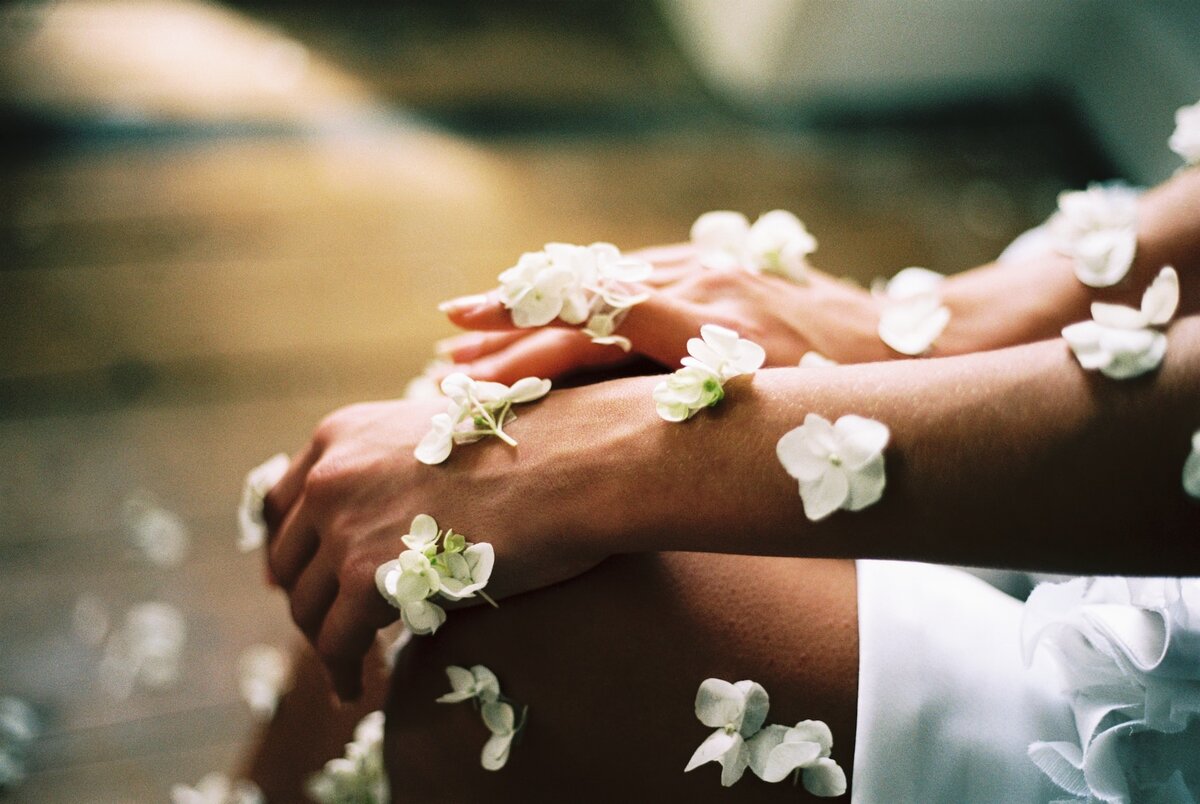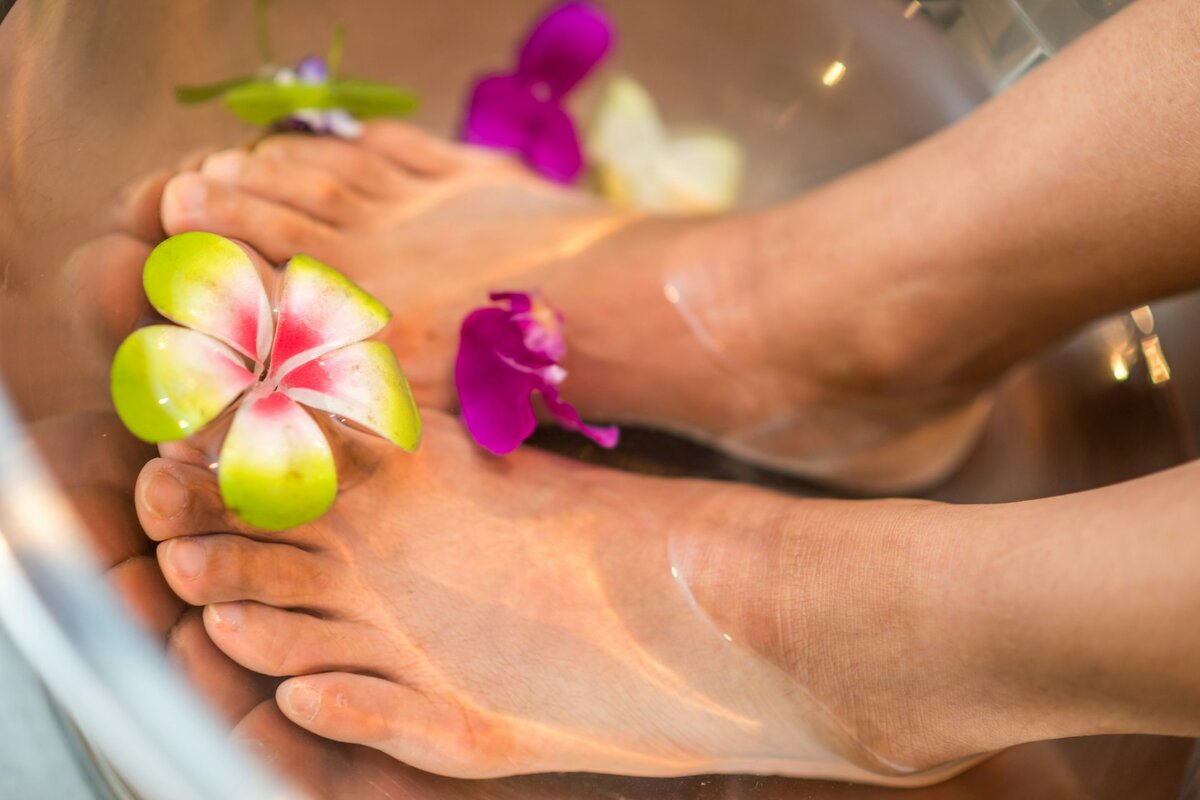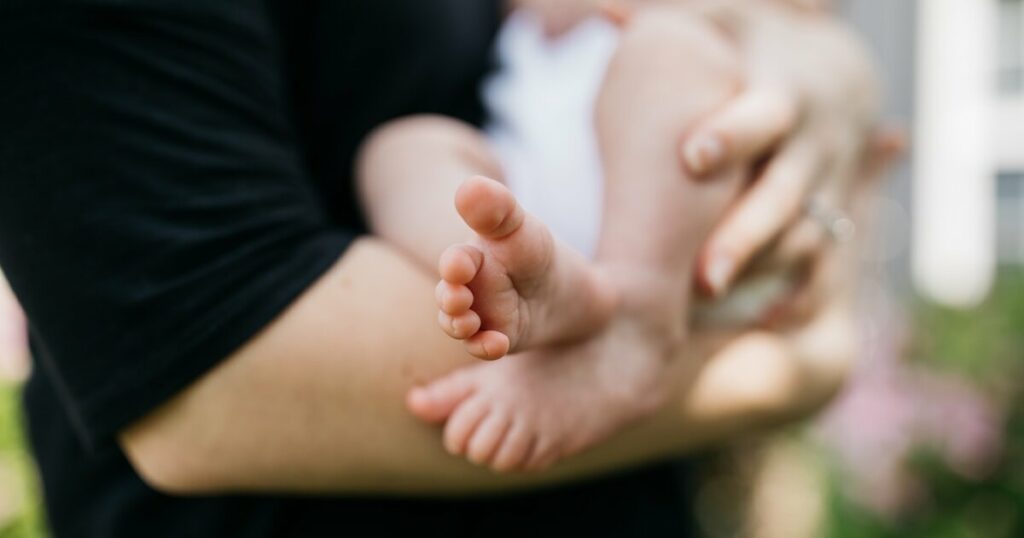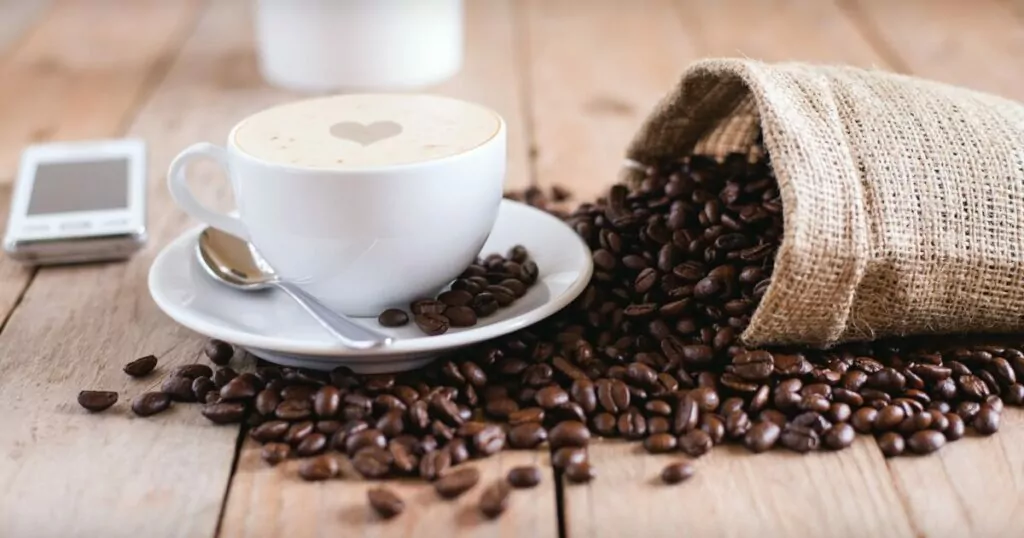Chilblains, those uncomfortable, itchy swellings on the skin often triggered by cold, may point to an underlying issue such as vitamin deficiency. A chilblains vitamin deficiency isn’t a widely discussed topic, yet it is crucial for circulatory health, and lacking certain vitamins can exacerbate or even cause chilblains. Understanding the connection between these painful skin lesions and your body’s vitamin levels is the first step in preventing and managing this condition.
On this page:
Understanding Chilblains: Symptoms and Risks
Chilblains are a common skin condition that can happen when small blood vessels in your skin get inflamed after being exposed to cold air. If you’ve ever had itchy, red, and swollen patches on your fingers, toes, ears, or nose when it’s chilly, you might have experienced chilblains. Usually, they show up a few hours after you’ve been in the cold and can get pretty uncomfortable.
The patches, sometimes called ‘pernio’, can feel hot, itchy, or even burn. In severe cases, the skin may even break open, leading to sores or blisters. It’s not just the discomfort that’s a problem; when skin breaks, there’s a risk of infection, which can lead to more serious issues.
Certain people are at a higher risk of getting chilblains. If you’re someone who has poor circulation, you’re more likely to experience these symptoms. Also, if you’re not very active or if you have a health condition like diabetes that affects your blood vessels, your chances go up. Some people might have a higher risk simply because of their family history.
While chilblains usually get better on their own after a couple of weeks, they can keep coming back, especially if you’re often in cold places or don’t dress warmly enough. It’s important to keep our feet and hands warm during the colder months to prevent chilblains.
Addressing Chilblains Vitamin Deficiency in Circulatory Health
Your body’s circulatory system is a superhighway for delivering oxygen and nutrients to every part of you, from the tips of your toes to the top of your head. And just like a well-maintained road keeps traffic humming along, the right vitamins can help keep your blood flowing smoothly.

Think of vitamins as your personal road crew. Vitamin C, for example, is like a foreman, directing the production of collagen. Collagen is the protein that helps keep your blood vessel walls strong, much like steel rods reinforce concrete. Without enough vitamin C, your blood vessels can become weak, which might slow down the flow of blood to your extremities, leading to issues like chilblains.
Vitamin D also plays a big role. It’s like the sunshine that brightens the road, helping your body absorb calcium. Calcium is crucial for the normal contraction and expansion of blood vessels. If you don’t get enough vitamin D, your blood vessels might not work as they should, which can also contribute to poor circulation.
Then there’s vitamin E, the maintenance crew that patrols the highways for debris. It works as an antioxidant, helping to keep your blood clean by fighting off damaging free radicals. This helps maintain clear pathways for blood to travel, reducing the risk of circulatory issues.
Lastly, some members of the B-vitamin family, like B3 (niacin), act like traffic signals that control the speed and flow of traffic. Niacin, in particular, has a role in widening blood vessels, which can improve blood flow to those areas that often get cold, like your fingers and toes.
So, getting a sufficient amount of these vitamins is like keeping your body’s highways in tip-top shape, which is essential for preventing traffic jams that could lead to chilblains.
Vitamin B12 and Your Feet: A Closer Look
Vitamin B12 plays a pivotal role in maintaining nerve health and supporting the production of red blood cells, which are essential for proper circulation. A deficiency in this crucial nutrient can lead to a range of symptoms, including numbness and tingling in the feet, which may exacerbate the discomfort associated with chilblains.
Your feet, often the farthest extremities from your heart, rely on a robust circulatory system to receive adequate oxygen and nutrients. Vitamin B12 is a key player in this process. It helps in the formation of red blood cells that carry oxygen to your feet. If your body is not getting enough B12, the quantity and quality of these blood cells can be compromised, potentially leading to poor circulation.
Moreover, B12 is necessary for the proper functioning of the nervous system. It ensures that nerves can efficiently transmit signals between the brain and parts of the body, including the feet. When B12 levels drop, nerve damage can occur, and this nerve damage can cause the blood vessels in the skin of the feet to be less responsive to temperature changes, a factor in chilblains.
The connection between vitamin B12 and chilblains is particularly significant because the symptoms of a deficiency may mimic or worsen the condition. This can lead to a vicious cycle where poor circulation due to a lack of B12 makes a person more susceptible to chilblains, and the symptoms of chilblains, in turn, may be more severe due to the deficiency.
Those at risk of B12 deficiency include vegetarians, vegans, older adults, and individuals with certain medical conditions affecting nutrient absorption. To ensure your feet are getting the support they need, especially in the cold months when chilblains are more likely, it’s important to monitor B12 intake and consider supplementation under the guidance of a healthcare provider if you fall into one of these at-risk groups.
Addressing Vitamin Deficiencies to Prevent Chilblains
To curb chilblains, ensuring you have a sufficient intake of certain vitamins is crucial. Vitamins play a pivotal role in maintaining healthy blood flow, which can help prevent chilblains from developing. If you’re deficient in vitamins, notably B12, your risk for chilblains can increase due to the potential impact on your circulatory health.
Starting with vitamin B12, it’s essential for keeping nerves and blood cells healthy. It aids in making DNA and fortifies your body’s ability to produce energy. A lack of B12 can lead to anemia, which can impair circulation and increase the likelihood of chilblains. Including vitamin B12-rich foods like fish, meat, poultry, eggs, milk, and milk products in your diet can help prevent deficiencies. For those who are vegetarian or vegan, fortified cereals or supplements may be necessary.
Beyond B12, Vitamin D also plays a role in maintaining blood vessel health. Low levels of Vitamin D can lead to complications that may exacerbate chilblains. While sunlight is the best natural source, you can also get Vitamin D from fatty fish, fortified dairy products, and egg yolks.
Another key nutrient is Vitamin C, which is vital for collagen production, helping to keep skin and blood vessels flexible and robust. Citrus fruits, strawberries, bell peppers, and broccoli are all excellent sources of Vitamin C.
To boost your defense against chilblains, strive for a balanced diet that includes these vitamins. However, if you suspect a deficiency, talk to your doctor. They may recommend blood tests to check your vitamin levels and advise on the appropriate supplements to take. This proactive approach is a smart way to keep chilblains at bay and ensure your extremities remain pain-free and healthy.
Effective Cream for Chilblains as a Treatment Option
When dealing with the discomfort of chilblains, several effective treatments can be employed to manage symptoms and promote healing. Keeping the affected areas warm is crucial. Gently warm your hands or feet if you notice the signs of chilblains; however, avoid direct heat which can damage the skin. Comfortable, insulated gloves and socks are your friends here.
Using a cream for chilblains, which may contain ingredients like corticosteroid or witch hazel, can help reduce itching and inflammation. Apply these topically as directed, ensuring that your skin is clean and dry for maximum absorption.
In some cases, your doctor might prescribe medication to improve circulation, especially if you have persistent or severe chilblains. These could include vasodilators that help to widen blood vessels and improve blood flow to your extremities.
For those whose chilblains have led to skin breakdown, it’s important to keep the area clean to prevent infection. Use a mild antiseptic solution and cover with a sterile bandage. Remember, it’s essential to treat any open sores or infections promptly.
Simple exercises can also boost circulation. Try activities that get your blood pumping without stressing your feet, like arm circles or gentle walking. Even when indoors, wiggle your toes and rotate your ankles regularly to maintain blood flow.
If you smoke, consider quitting, as smoking can worsen circulatory problems. Additionally, managing stress, which can affect your circulation, might also help in the treatment of chilblains.
While these treatments can alleviate symptoms, addressing the underlying causes, such as vitamin deficiencies, is key to preventing chilblains from recurring. Make sure to integrate these treatments with dietary changes and lifestyle adjustments for the best results.
When to Consult a Doctor About Chilblains
If your toes or fingers are itchy, red, and tend to swell during the cold months, you might think it’s just a normal reaction to the chill. But when symptoms linger or are accompanied by pain, using essential oils for chilblains might provide some relief. Most times, chilblains can be taken care of at home, but there are moments when seeing a doctor is a smart choice.
Make an appointment if you notice any infection signs. This means if the skin on your affected toes or fingers is cracked, has blisters, or oozes. An infection can get worse quickly and needs treatment, like antibiotics, from a healthcare professional.
If your chilblains don’t get better after a couple of weeks or keep coming back, a doctor’s visit is also needed. Persistent or recurring chilblains could hint at a more serious issue, like a circulation problem or even a vitamin deficiency that needs to be addressed.
People with diabetes need to be extra careful. Chilblains could lead to more serious foot problems. So, if you have diabetes and notice chilblain symptoms, talk to your doctor right away.
Also, if the pain from chilblains is making your daily life tough or you see ulcers forming on your skin, it’s important to get medical help. This could prevent more serious damage to your skin and tissues.
Preventative Measures: Essential Oils for Chilblains and Nutrition
When it comes to preventing chilblains, combining essential oils with good nutrition could be your secret weapon. Essential oils, known for their soothing and healing properties, can provide relief and aid in the prevention of chilblains. For instance, peppermint oil is celebrated for its cooling effect, which can calm itchy and swollen skin. Meanwhile, eucalyptus oil is another popular choice, as it promotes better circulation with its warming sensation. Before applying any essential oil directly to your skin, it’s crucial to dilute it with a carrier oil, such as coconut or olive oil, to prevent irritation.

Nutrition also plays a pivotal role in preventing chilblains. Ensuring your diet is rich in vitamins and minerals supports not just overall health but specifically circulatory health. Foods high in Vitamin C, like oranges and bell peppers, can help strengthen blood vessel walls, reducing the risk of chilblains. Similarly, leafy greens like spinach are loaded with Vitamin E, which improves blood flow and, in turn, could help keep chilblains at bay.
Another key nutrient is omega-3 fatty acids, found in fish like salmon and mackerel, which are known to reduce inflammation and improve circulation. Incorporating these into your diet alongside a balanced intake of fruits, vegetables, and whole grains may fortify your body’s defenses against chilblains.
Integrating Knowledge for Healthy Living
As we’ve explored the connection between chilblains and vitamin deficiencies, it’s clear that maintaining a balanced diet rich in essential nutrients is vital for circulatory health and preventing skin issues. Ensuring adequate intake of vitamin B12, among others, is a proactive step toward safeguarding your feet against the discomfort of chilblains. Remember, while treatments are available, prevention is always preferable. Incorporate the knowledge gained into your lifestyle, and don’t hesitate to seek medical advice if you experience symptoms. By integrating a holistic approach to nutrition and wellness, you can enjoy a healthier, more comfortable life free from the pains of chilblains.



